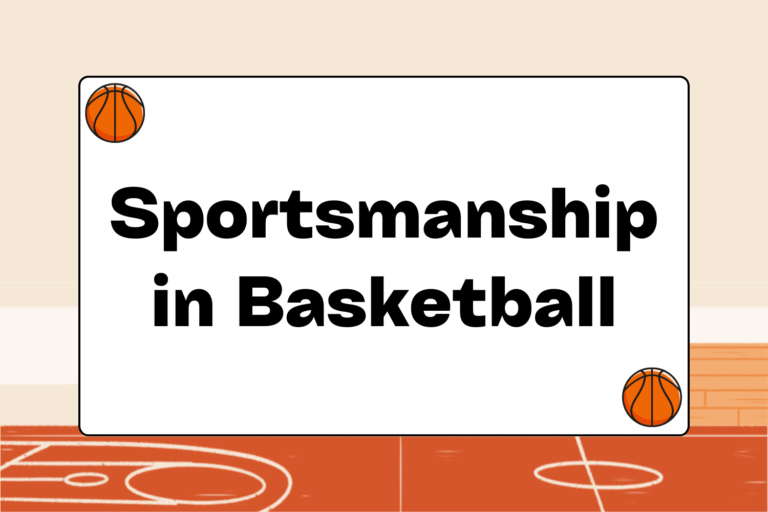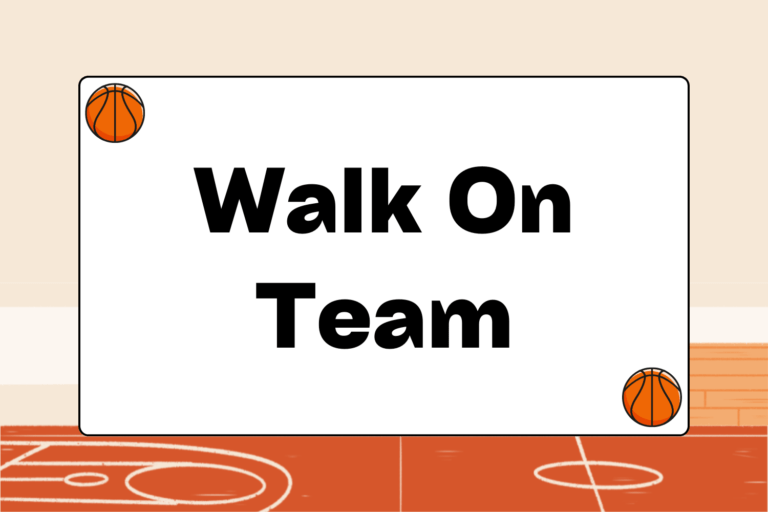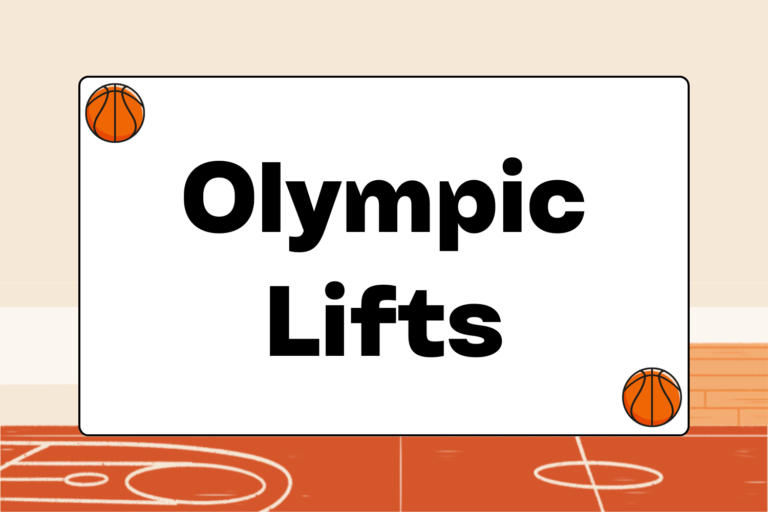Playing great on-ball defense in basketball requires equal amounts of technique, quickness, and determination. Great defenders understand the importance of working on conditioning, and utilizing drills to generate the speed and instincts needed to play solid defense. This, along with extensive practice, builds the confidence that is necessary to be a great on-ball defender at any level.
Any player working on improving defensive abilities must master a few important skills in practice, especially in one-on-one situations. Such mastery only happens over a long period of time, and with a great deal of perseverance. However, the best defenders are forged this way—over time, and with lots of practice.
Proper Defensive Stance
All great on-ball defense starts with the correct defensive stance:
- Feet are shoulder-width apart, and knees are slightly bent.
- Weight on the balls of the feet.
- Elbows are bent, and hands away from the body.
- One foot should be slightly in front of the other, ready to direct the ball-handler to the left or right.
A defender’s nose should always be lower than the ball-handler’s nose. This lets the defender slide the feet quickly to react to movement by the offensive player. The defender’s head should also be stationed squarely between his two feet, so that he is always maintaining balance.
Defensive Mistakes to Avoid
Proper balance is the key to the proper defensive stance. A few no-no’s of defensive positioning should always be maintained:
- Avoid going for shot fakes whenever possible.
- Leave your feet only when necessary.
- Never lunge or reach for the ball.
- Take short, choppy steps that keep the feet far apart.
It’s worth it to take some time to watch the best defenders in professional and college basketball in order to learn from their ability to the maintain proper defensive stance as much as possible.
Hot Tip: Keep Your Balance
For on-ball defenders, losing balance equals getting beat. Slide-stepping and foot-quickness drills improve agility and balance, and are staples of all great defenders.
Defensive Position
A good standard for on-ball defenders is to remain within one arm’s length of ball-handlers who are in triple threat position (meaning they have good offensive position and are poised to either shoot, dribble, or pass). This leaves defenders close enough to deflect a pass, but far enough away to protect against the dribble.
When a defender is guarding a tough offensive player who has a quickness advantage, it’s helpful to take a slight, half-step backwards. Likewise, when a defender is quicker than his opponent, it’s a worthwhile to remain slightly closer. This type of situational awareness will make it easier to guard against both shots and passes.
A few more rules for on-ball defenders:
- If the ball-handler brings the ball over his shoulders: Belly up on the defender and raise both hands. If the ball-handler has picked up the dribble, get close and guard the pass or shot.
- Play the midsection: Don’t go for ball fakes or jab steps. Playing an opponent’s midsection makes it easier to guard only quick movements that count, instead of all quick movements.
- Use quick hands: If the offensive player drops the ball below his midsection, the defender’s hand should go above the ball to prevent a quick shot. If the ball is in shooting position, the defender’s hand should go in front of the ball.
- Hands up when the defender is in the backcourt: Palms should be up to deflect any passes and obstruct the ball-handler’s vision. Hands in the right position help a defender avoid lunging.
Defenders should practice these fundamentals every chance they get to develop good defensive habits. On-ball defenders have to master the little things in order to become great.
Containment
On most teams, the object of tough, on-ball defense is to contain the opposition by influencing the player with the ball to go one way or the other. A tenacious defender usually positions himself to funnel the offensive player toward help defense or toward the sideline. The easiest way to do this is to have one foot positioned slightly in front of the other.
A defender’s front foot can be used to dictate the direction in which he wants the ball-handler to go. When the front foot is slightly to the ball-handler’s left or right, the back foot should be directly between the man and the basket. This is a basic component of team defense.
On-ball defenders should know the direction that his man prefers to go. When an opponent struggles to go left, direct him to his left by paying more attention to his right hand. When the sideline is nearby, overplay toward the sideline to trap the dribbler.
Mental Edge
The best defenders are students of the game. Get to know your opponent’s strengths and be dedicated to taking them away. Watch game tape, pregame warm-ups, the first few possessions of the game, or anything else that reveals your man’s strengths and weaknesses.
Defending on-ball screens
Defending against screens is a major challenge for most defenders. A solid screen by a bruising teammate can rub off the toughest on-ball defensive players. However, defenders have a few strategies to thwart a tough screen set to free a quick dribbler.
- Anticipate and jump out: The defender should try to force the dribbler away from the screener by working through the screen and staying on the dribbler.
- Listen to teammates: Let teammates call out the screen to help with anticipation.
- Call out a switch: If it’s impossible to work through a screen, let the screener’s defender switch to take the dribbler, and adjust quickly to check the screener.
- Be physical: Body up the dribbler, so he can’t simply dribble unmolested to the screen.
Confidence and physicality are the keys to successful on-ball defense. Defenders should want the ball more than their opponents and be certain that they can prevent easy baskets every time down court.
Play Against the Best
Playing against tough, superior competition makes players tougher, and forces them to learn through trial-and-error. Tougher competition usually yields matchups with athletes who think about the game and borrow moves from other great players. There’s no bigger key to defensive prowess than having success stopping tough, quick, aggressive offensive players.
Players who take on any offensive challenge and shut down tough opponents develop the confidence that all great on-ball defenders must have to be successful at any level.





